 |
|
Lecture Abstract:
During the assembly of functional brain circuits, neurons develop beautiful and complex structures reminiscent of trees. As the neuronal arbors grow they explore target areas in the brain and form synapses with other developing neurons... More>>>
Download the video
|
|
|
|
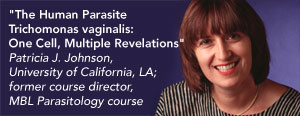 |
 |
Lecture Abstract:
Trichomonas vaginalis has captured the attention of evolutionary biologists as well as physicians based on intriguing properties of interest to both academic and medical communities... More>>>
Download the video
|
|
|
|
 |
|
Lecture Abstract:
Fourteen of our country’s 20 largest urban areas are located on a coast and more than half of U.S. population—and also global population—lives within 50 miles of a coast. In fact, two-thirds of the world’s largest cities are on a coast...More>>>
Download the video
|
|
|
|
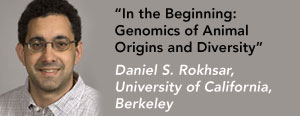 |
|
Lecture Abstract:
The first signs of animal life appear in the fossil record nearly 600 million years ago. Modern survivors of these early progenitors include sponges, placozoans, cnidarians (anemones, jellyfish, hydra), ctenophores (comb jellies), and bilaterally symmetric animals (flies, snails, worms, humans)... More>>>
Download the video
|
|
|
|
 |
|
Lecture Abstract:
Primary afferent sensory neurons are remarkable in their ability to detect a range of physical and chemical stimuli, including heat, cold, pressure, and environmental or endogenous irritants...More>>>
Download the video
|
|
|
|
 |
|
Lecture Abstract
Medicinal plant extracts serve as the foundation of modern day pharmacology and drug design. Nowhere is this more apparent than in the development of pain medications, the majority of which are inspired by morphine and aspirin, the active ingredients from opium poppy and willow bark, respectively... More >>>
Download the video
|
|
|
|
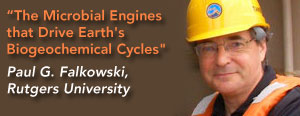 |
|
Lecture Abstract:
Over the past decade, we have developed an incredible technical ability to document the diversity of life on Earth. Indeed, DNA sequencing technology has advanced to such an extent we can identify many millions of genes in the oceans, and there is no end in immediate sight....More>>>
Download the video
|
|
|
|
 |
|
Lecture Abstract:
Autism spectrum disorders (ASDs) are common. From being the least understood of the neuropsychiatric disorders, they are now arguably the best understood, largely through recent advances in identifying genes that predispose to these disorders and through studies of mouse models of ASDs....More>>>
Download the video
|
|
|
|
 |
|
Lecture Abstract:
We have all known intuitively since we were small that since each type of creature on Earth gives rise to an adult of the same species, the process of embryonic development must be a genetic property of the species....More>>>
Download the video
|
|
|
|
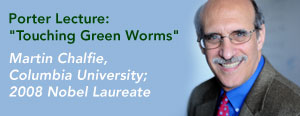 |
|
Lecture Abstract:
The senses that allow us to touch, hear, detect acceleration, and determine body position all respond to mechanical signals...More>>>
Download the video
|
|
|
|
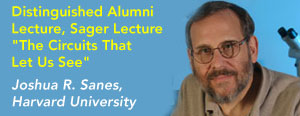 |
|
Lecture Abstract:
Complicated and specific patterns of connections among nerve cells underlie our abilities to perceive, think, and move. Neuroscientists have been intrigued for over a century by the prospects of mapping these circuits and understanding how they form during development...More>>>
Download the video
|
|
|
|